|
NATCHEZ IS A MUST VISIT IN JULY BOOK YOUR STAY NOW Dedicated Natchez master gardeners and citizens have long invested in the town's natural beauty and each July brings a full-on show with thousands of crepe myrtle trees reaching peak bloom season. SCROLL FOR BLOOM MAPS! I'm a longtime fan of the architecture and genuine hospitality Natchez offers. But in July of 2018, I was completely caught off-guard. I was stunned by the intense array of blooms! So, I asked around to understand how this happened, and a planned effort came clear. In addition to the ongoing commitment of its citizenry, Sallie Ballard, the architect of 2000 for 2000, funded planting of well over 2000 crepe myrtles for the millennium! Instantly, I thought there needed to be a festival to draw attention to the extraordinary beauty of Natchez. And with plenty of help, I founded it! We met with Visit Natchez, the Chamber of Commerce, Master Gardeners and other Crepe Myrtle fans. In 2019, we held the Natchez International Crepe Myrtle Festival. We had speakers and social events, and visitors were drawn to Natchez to Celebrate the Blooms. We honored Sallie Ballard, who sadly passed away in 2017. Everyone had a fantastic experience!  I'm proud of what we accomplished in 2019 and to keep interest alive for 2020 & this year, Master Gardeners created self-guided map tours. We've particularly leaned upon our Crepe Myrtle Archivist, Elaine Gemmell. (Yes, she has archives!). The results: a Sip & See Stroll, a downtown walking tour (worthy of 2-3 visits) along the open container route with reliable watering holes, fantastic restaurants, shops, and there're live music opportunities. The Bloom Drive takes you beyond downtown to include top area gardens, and I never tire of touring the Natchez City Cemetery's grounds, established in 1822 with over 500 Crepe Myrtles on-site. It's breathtaking! I've already planned by trip with a few friends. We'll motor upriver in a couple weeks for 2 nights, and you bet, we'll take in all the beauty and deliciousness that Natchez represents. I encourage you to do the same.  FOLLOW ALONG ON FACEBOOK & INSTAGRAM: AND ONLINE AT VISITNATCHEZ.COM/EVENTS FOR UPDATES: Special Cocktails & Other Delights @NatchezCelebratestheBlooms Tag Your Posts: #NatchezCelebratestheBlooms BLOOM MAPS! SCROLL TO BOTTOM FOR ONLINE MAPS PRINTED MAPS AVAILABLE SOON AT AREA NATCHEZ BUSINESSES: SIP & SEE STROLL, BLOOM DRIVE, NATCHEZ CITY CEMETERY Thank you Sponsors! Visit Natchez Peter Patout/Talbot Historic Properties Country Roads Magazine Ellen C. English United Mississippi Bank ● G. Douglas Adams Photography Donna Ballard Masselli in honor of Sallie Ballard Adams County Master Gardeners ● Monmouth Historic Inn, Crye-Leike Stedman Realtors Sip & See Stroll Map
Bloom Drive Map
Natchez City Cemetery Map
0 Comments
I am excited to offer Fairfax, an Elegant Colonial Revival Mansion
This Income Producing B & B Sits in a Grove of Ancient Oaks Facing Bayou Teche, Franklin, LA CLICK HERE TO SEE MORE 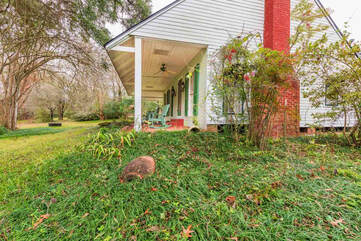 Dear Peter, I haven't heard from the Clinton resident who talked to you about representation. She is welcome to call me to discuss the advantages of choosing Peter Patout as her listing agent. An agent who specializes in houses of all types in a region will not be as effective in selling a historic home as a firm that specializes in historic homes.  "An agent who specializes in houses of all types in a region will not be as effective in selling a historic home as a firm that specializes in historic homes." When my father decided to put Hubbs House on the market my husband, Hal, & I recommended to him that he list the property with you. Though Hal has been a broker for over 2 decades, and I have been a licensed agent for about 15 years, our brokerage does not have the "historic home" specialty that you have cultivated in your shop. We knew that your clientele is rich with people interested in the preservation of historic homes and it was no surprise at all that the offer we accepted came from a client of an agent within your brokerage. That is just evidence of the pack you run with! 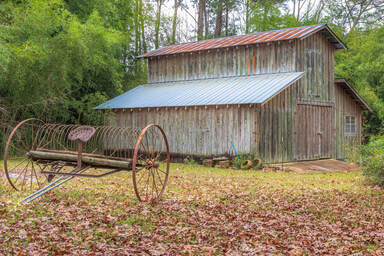 We were so pleased with the care you gave Hubbs House on your website. You spent time with my dad collecting information about the historical nature of the property. Dad told you the history and gave you old family photos that you used to build the Hubbs House page of your website. Mom and Dad were so pleased to see it all in print on the web. All the details we thought were important to the charm of Hubbs House are included in your writeup and our family photos of the house became part of the story you tell to prospective buyers. The website is first class and I believe that our buyer used that resource in making the decision to place an offer. 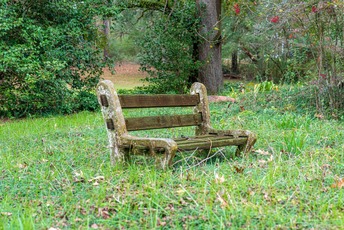 "We anticipated that it might take 2 years to sell Hubbs House to the right buyer. We are all so happy to have had an acceptable offer within about 8 months." We could have sold the property (with no value for the house) to a neighbor who thought it best to bulldoze the historic home and build several new homes on the property, but we wanted better for Hubbs House. We could not be more pleased with our choice to list Hubbs House with Peter Patout! Thank you, Peter, for the good work you do. Your passion for this type of listing is unique in our industry and you play a much needed roll in the preservation of Louisiana's fragile historic architectural fabric.
Best regards, L.N.F. A licensed Louisiana real estate broker The city is awash in blooms! Here's how to experience Natchez now! Photo Credit: G. Douglas Adams Last year year, I founded the Natchez International Crepe Myrtle Festival because the extraordinary Crepe Myrtle Blooms of Natchez are worth celebrating! While there’s not a festival with speakers this year, our Committee members have created a perfect experience to Celebrate the Blooms! There's three self-guided free tours have been developed by Crepe Myrtle Historian and Committee member, Elaine Gemmell:
 10,000 Blooming Trees & Counting! self-guided bloom tours So here's a summer sightseeing trip idea: take in some of the loveliness and deliciousness that Natchez offers and experience the city in a low contact manner! Rita Tebbetts tells us the trees are still moving towards peak season and that the blooms should be pretty possibly even into August! "Of course, mother nature didn't get the Co-Vid memo. Come to Natchez to take in the show. the beauties won't mind a bit if you want to snap a few photos to share with friends. You'll need evidence anyway to prove to doubters what you will witness. The best photos are probably done from a distance, but these trees won't mind if you want to move in close. I don't think they will be taking social distancing too seriously," Tebbetts said. Take in the magnificent architecture of Natchez!  FREE MAPS! In addition to digital downloads at VisitNatchez.org/events Self-guided bloom tour maps are available: Fat Mama's Tamales Rolling N' The Dough Regina’s Kitchen Natchez Brewing Company Biscuits & Blues The Guest House Natchez Coffee Company Natchez Grand Hotel 100 Main Pearl Street Pasta Silver Street Gifts Natchez Convention Center Photo Credit: Ben Hillyer FOR UPDATES: Natchez Celebrates the Blooms FB event page and VisitNatchez.Org/Events #NatchezCelebratestheBlooms SUCCESSFUL DEBUT
See 2019 News Stories & Details On Press Page: https://www.peterpatout.com/press.html Scroll down the page to read about last year's event. Sara & Paul Costello experience Maison ChenalJust this weekend, writer & interior decorator Sara Ruffin Costello and her husband and photographer Paul Costello visited my Maison Chenal listing. It was an exquisite outing as so much was in full bloom. The parterre gardens and ancient oaks add much to the 18th century French Creole setting. See my listing here! Paul generously agreed to share his photos! You might also enjoy Sara's and Paul's instagram posts as their friends excitedly chimed in desirous of purchasing the estate, with lots of entertaining ideas to celebrate together. I've received a few property queries since. The tranquil setting inspires! See my Maison Chenal listing
to learn more about this incredible property 18TH CENTURY LOUISIANA FRENCH CREOLE PROPERTY & HISTORIC COLLECTION The tout ensemble: MAISON CHENAL (c. 1790), LACOUR HOUSE (c. 1750) along with their historic dependencies THE HOLDEN COLLECTION: the world’s premier collection of Louisiana French Creole and Acadian architecture, art, decorative arts, and furniture comprising 1,400 items that were made in or used in Louisiana from the early 1700’s - the 1830’s 75 ACRES: Historically researched gardens, mature landscape with ancient Live Oaks and access to False River What a delightful morning to wake up and see Hubbs House as the featured home in Sunday's paper!
While the story isn't available with the online news edition, I hope these photos are legible...."This listing would make such a charming and rustic getaway from the hustle & bustle of the city," and I couldn't agree more! Here's the link to more Hubbs House details. Please also reach out to me to learn more. LOUISIANA'S EARLIEST HISTORY IS ALIVE HERE! A World-Class 18th Century Property Ancient Oaks, Parterre Gardens, Pieux Fence...Enjoy the beautiful overview of this wonderful estate. SEE MORE FLOWERS & PASTORAL SCENERY ON THE FRIENDS OF MAISON CHENAL FACEBOOK PAGE Learn about the effort to save Maison Chenal for Future Generations LaCour House, c. 1750 Learn the Story LaCour House Truss Work It's Phenomenal! One of the oldest structures in the lower Mississippi Valley. From the FRIENDS OF MAISON CHENAL Facebook Page See my listing for all the details: www.peterpatout.com/maisonchenal.html CONSULT WITH PETER I am on a mission to save historic properties and would be honored to list yours, or help you find an exceptional offering. PLEASE SEE THE FORM AT THE BOTTOM OF THE PAGE TO CONTACT ME. SEE ALL LISTINGS BLOOM ALERT! SAVE THE DATE! |
See Press for more News!
|
|
Peter W. Patout,
Historic Property Realtor 1111 Bourbon Street New Orleans, Louisiana 70116 c: (504) 481-4790 e: [email protected] Licensed in the State of Louisiana and Mississippi Talbot Historic Properties
605 Congress Street New Orleans, Louisiana 70117 o: (504) 415-9730 |
|




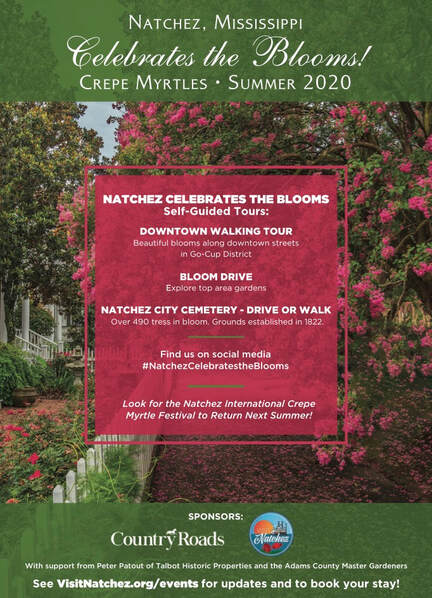
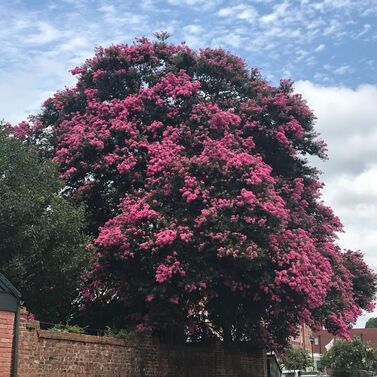
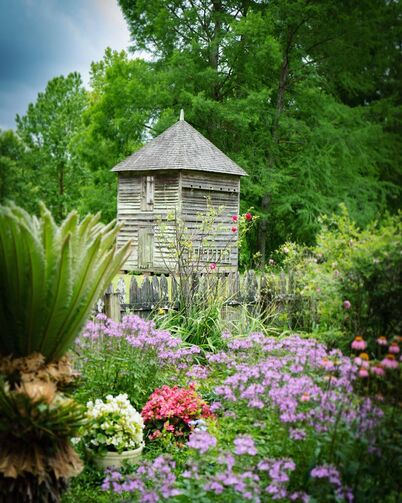
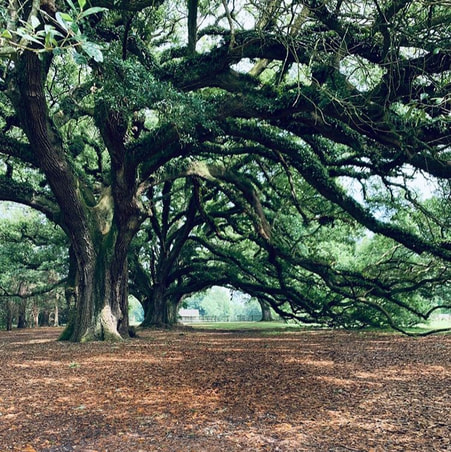
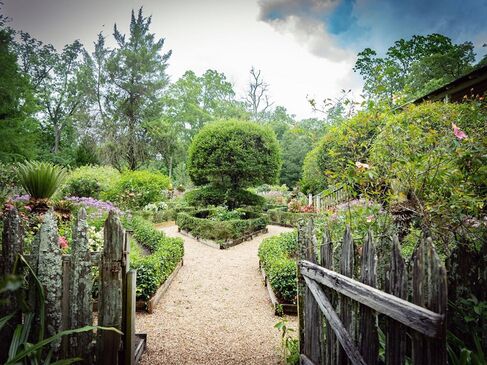
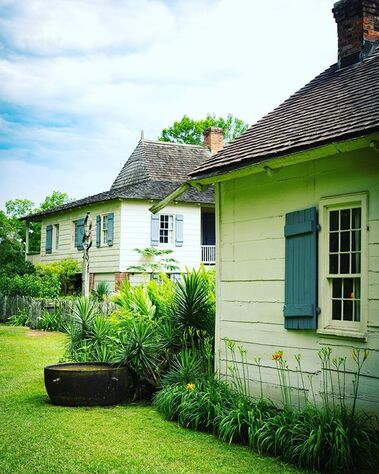
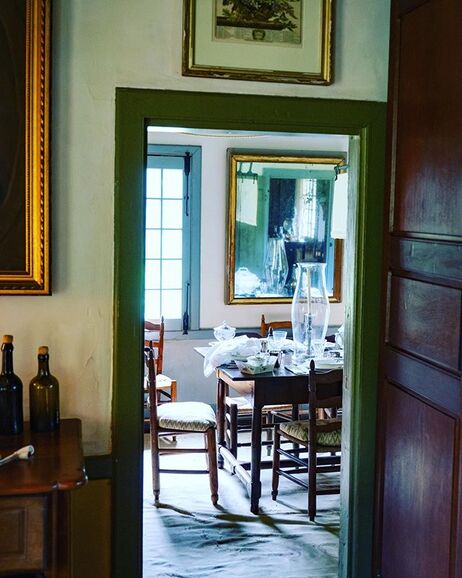
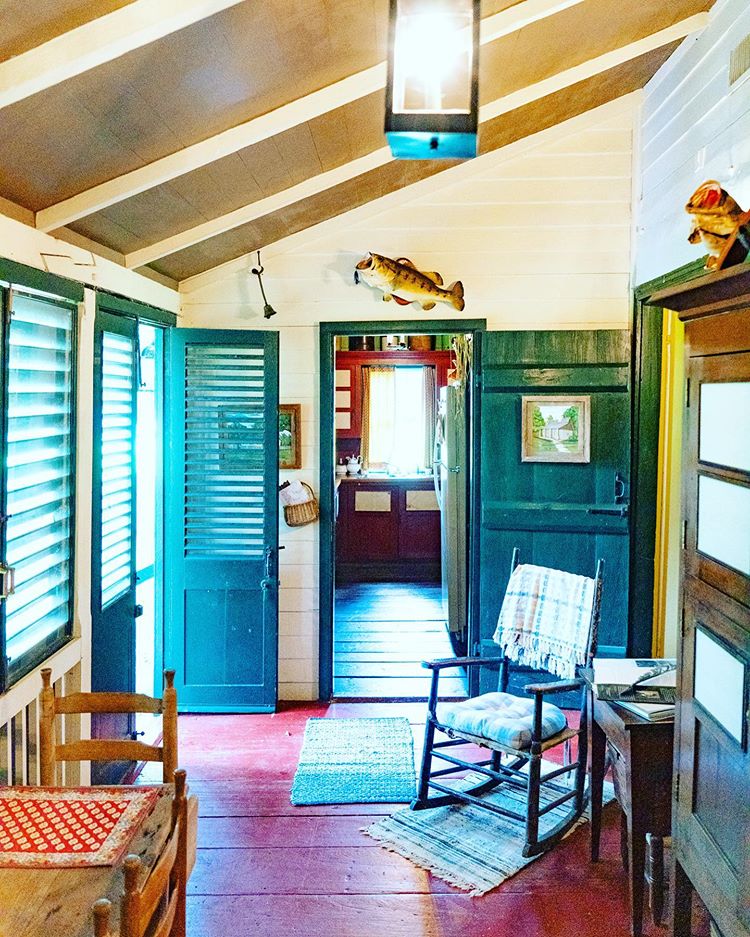
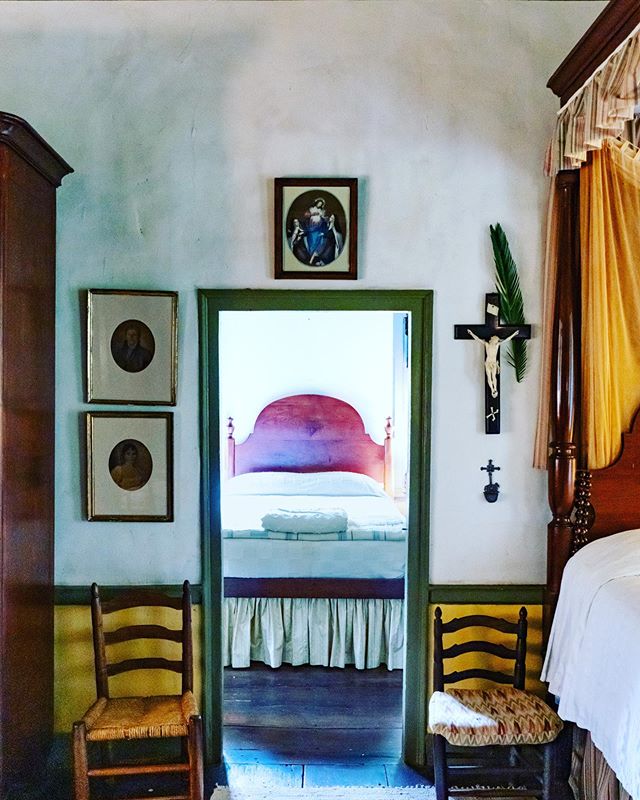
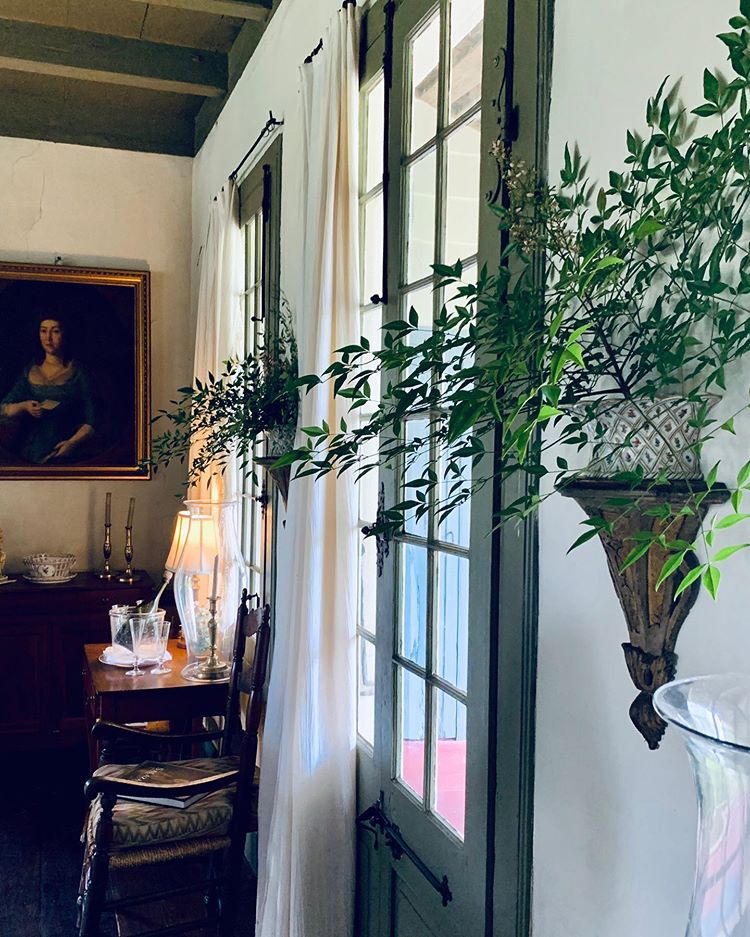
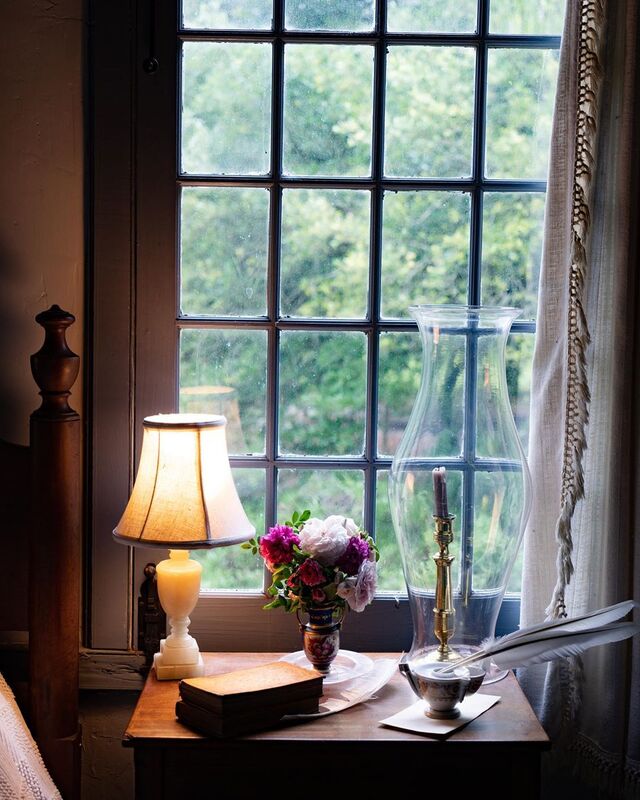
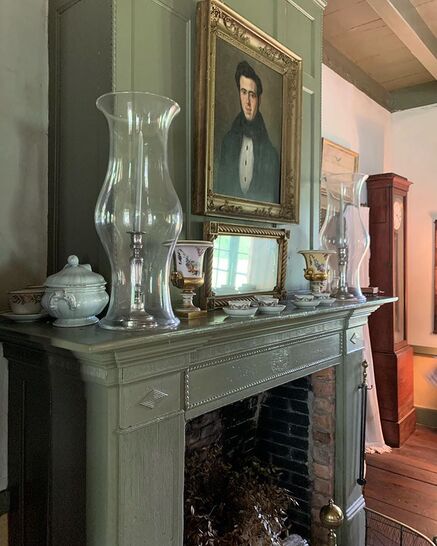

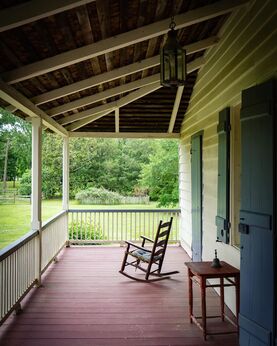
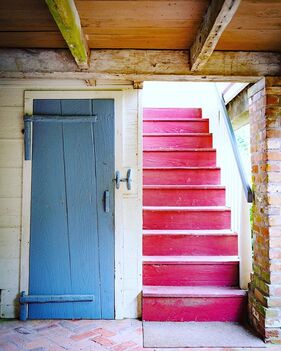
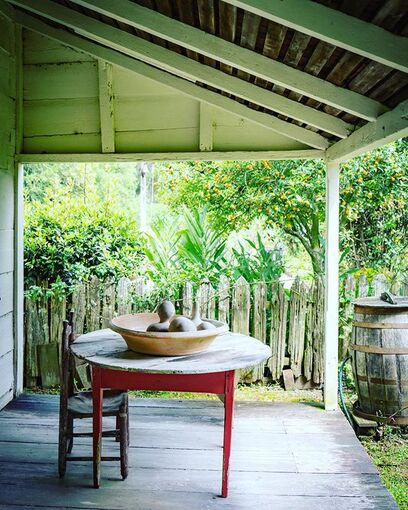
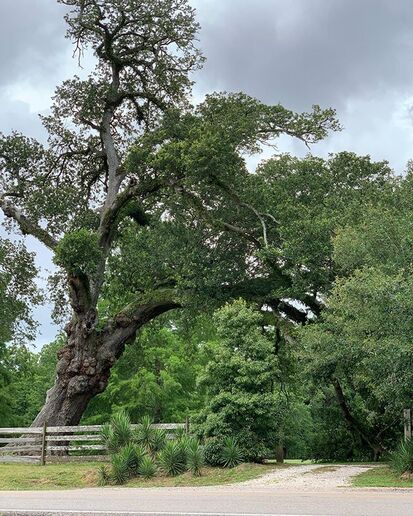
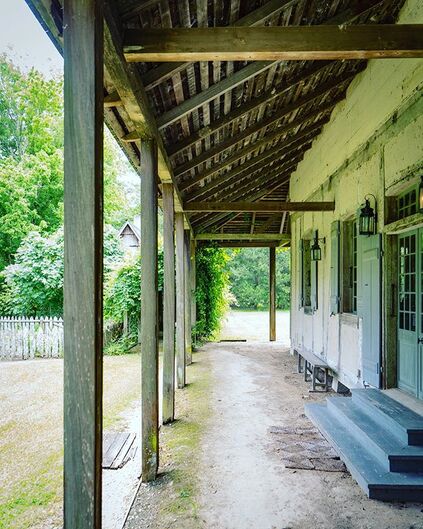
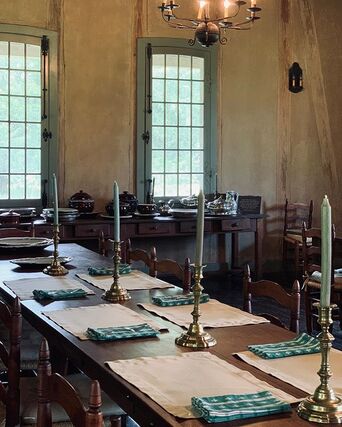

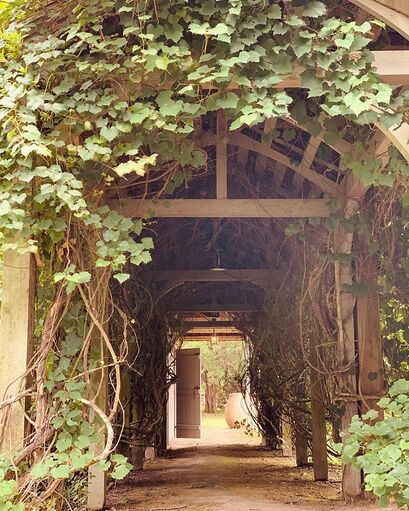
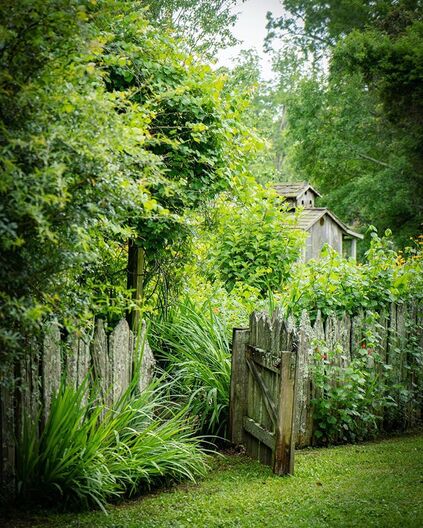
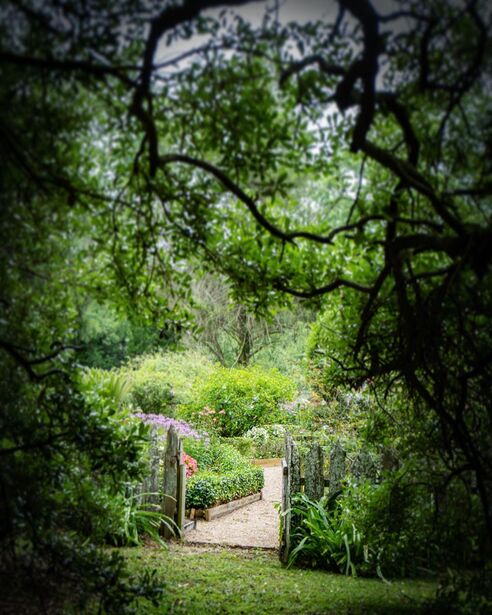

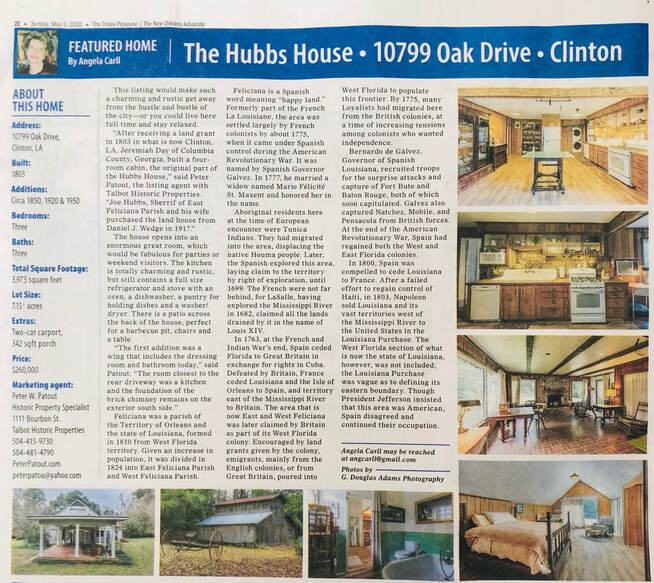
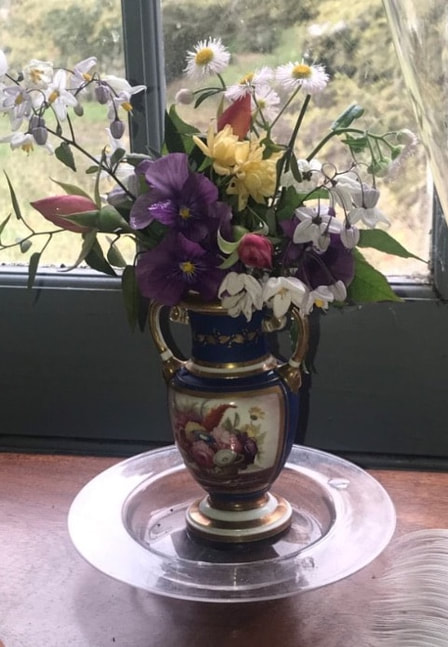
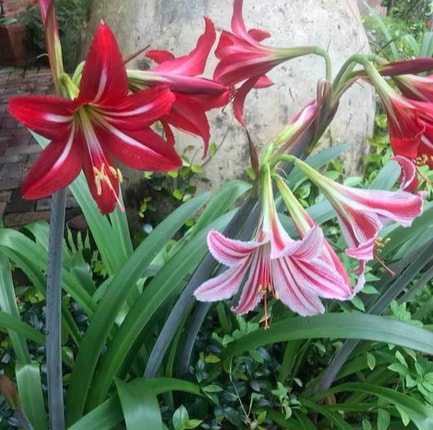
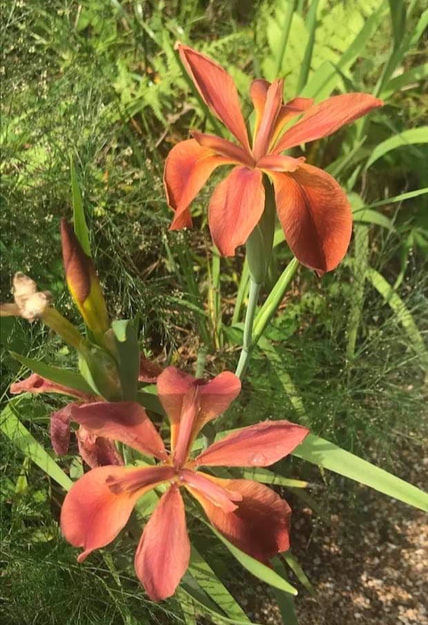

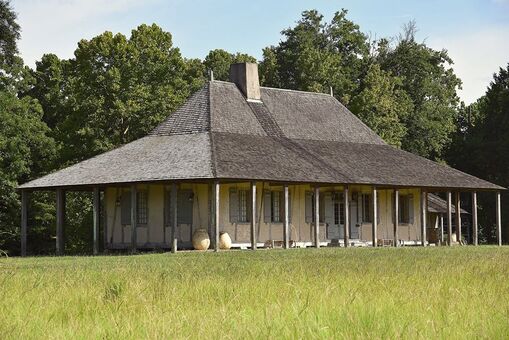
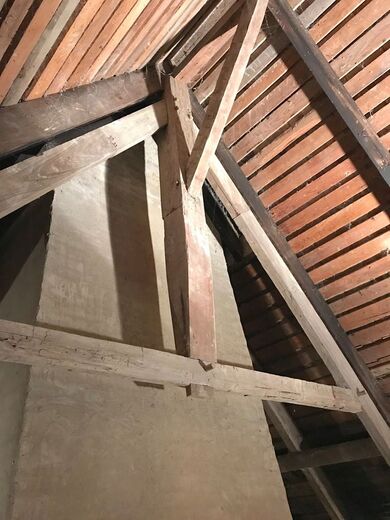
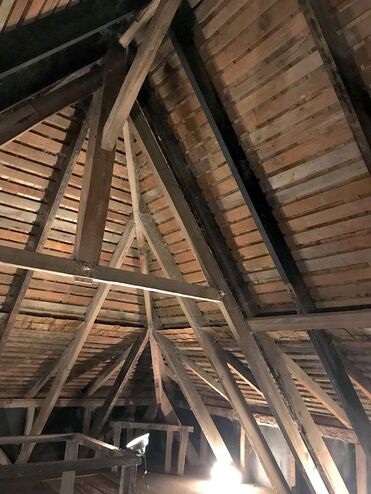
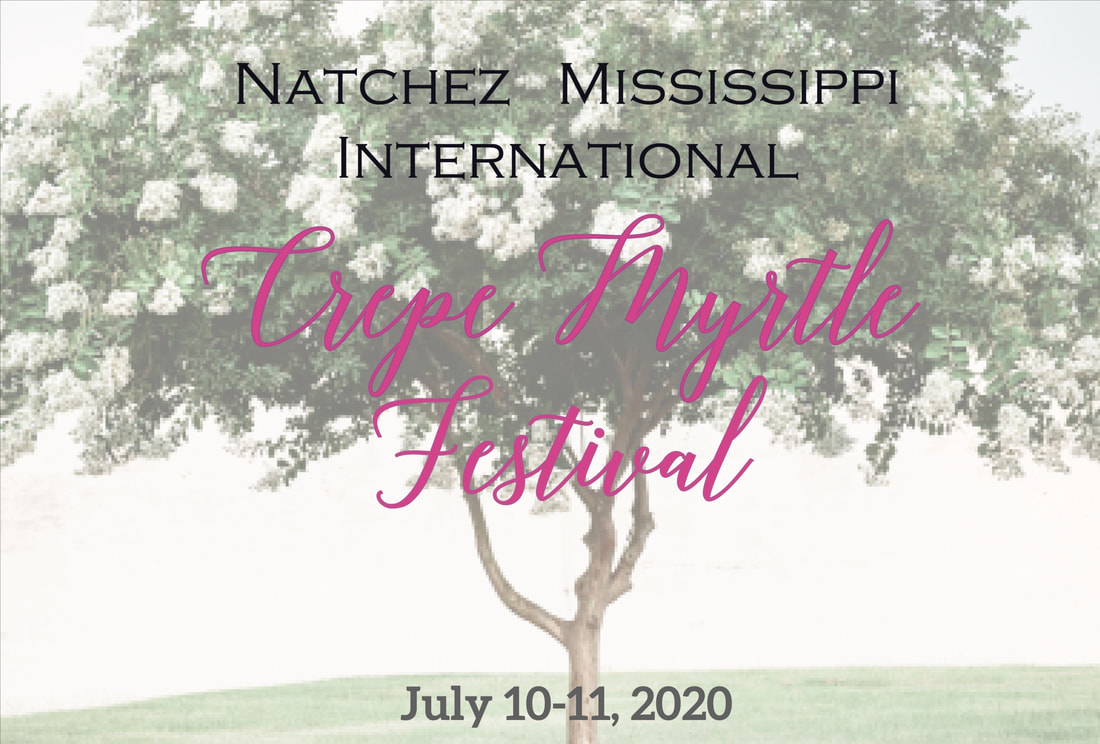
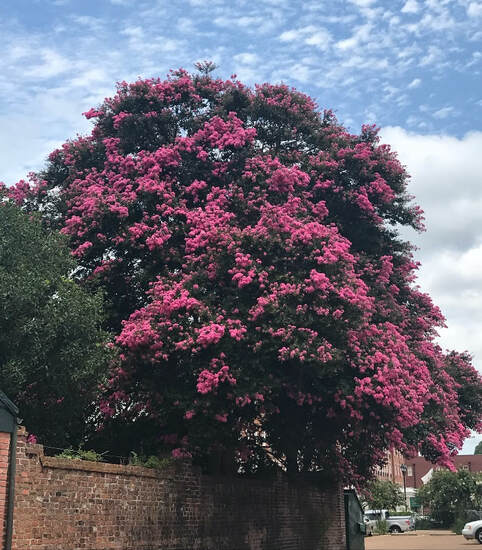

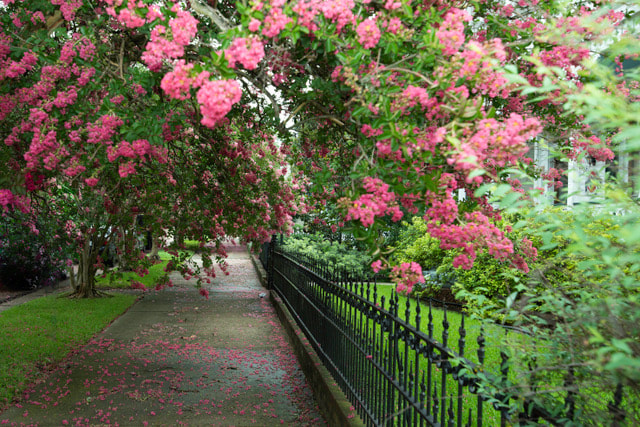

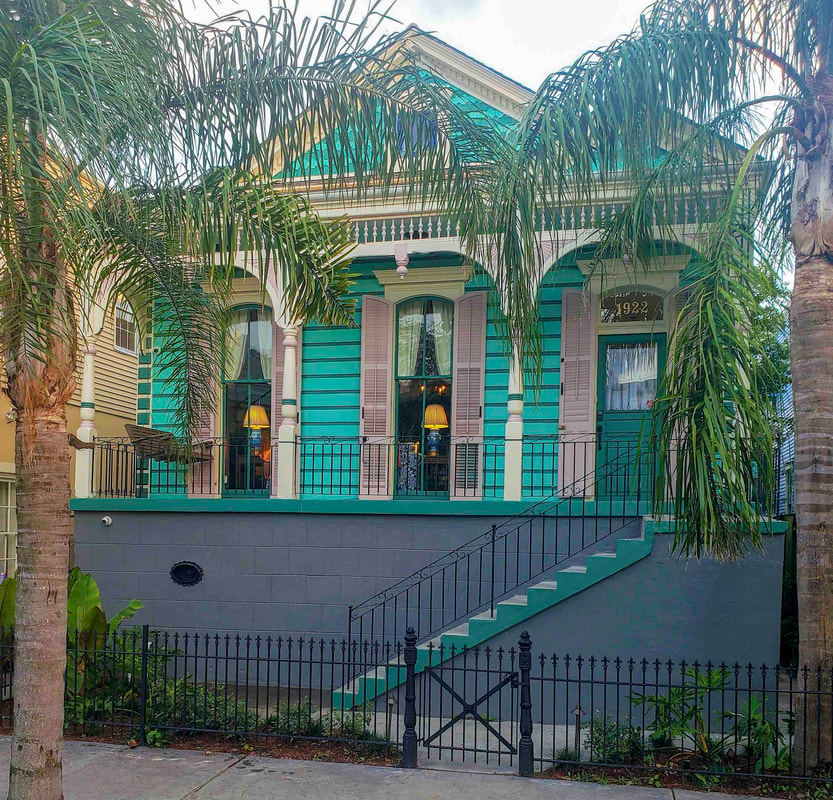

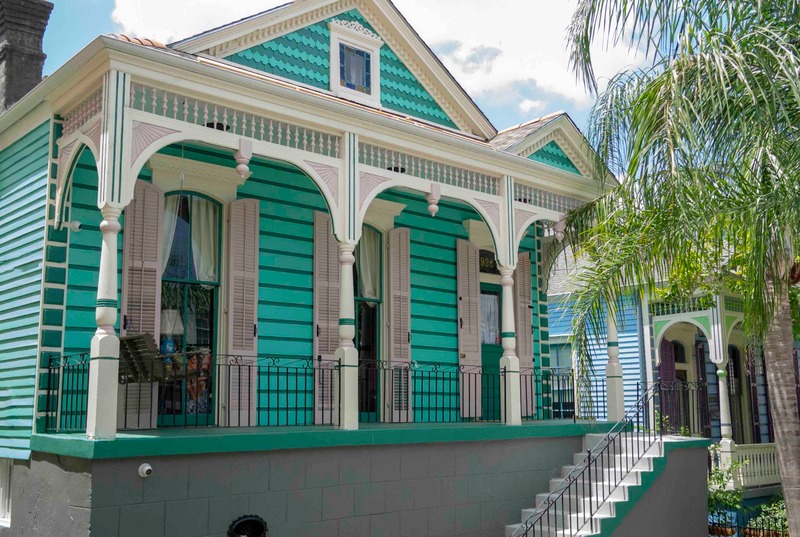
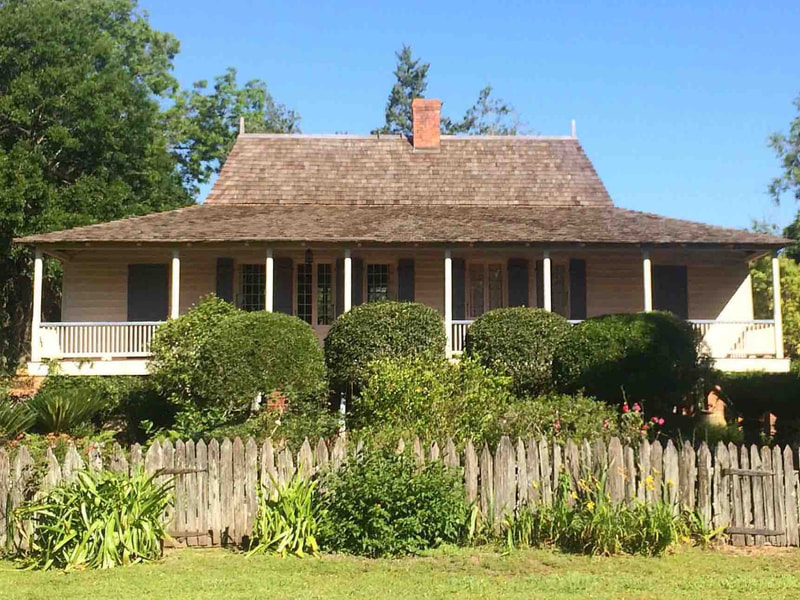
 RSS Feed
RSS Feed
